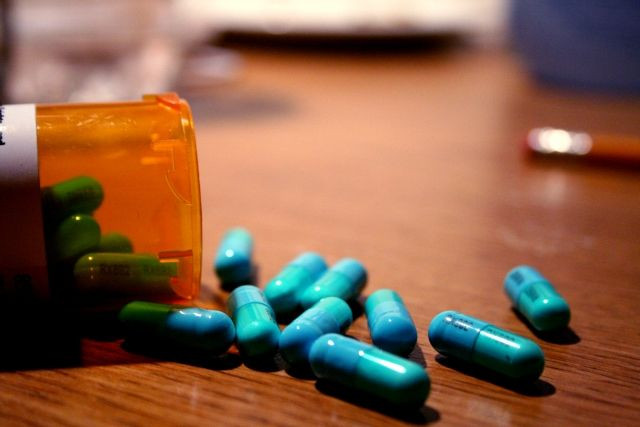Prescription Drug Use: Retrospective Study Shows Decreased Antipsychotic Drug Perscriptions for Children

According to a retrospective study published in JAMA Psychiatry today, use of antipsychotic medications in treating children 12 and under decreased between 2006 and 2010.
Dr. Mark Olfson, of Columbia University Medical Center (CUMC) and NYS Psychiatric Institute, studied prescription data with colleagues from 2006 to 2010 in order to identify the trends at play when it comes to antipsychotic medications and young people in the United States.
The data did show a decrease in prescriptions for children, but there was an increase in adolescents and young adults, with usage peaking during adolescent years (13-18). Their analysis also showed differences between genders. More boys than girls were given prescriptions for antipsychotics, with approximately 1.5 percent of boys between the ages of 10 to 18 receiving an antipsychotic prescription in 2010, and half of them were also filling prescriptions for stimulants. Researchers believe this is correlated with the higher prevalence of ADHD and other disruptive behavior disorders in males over females.
Clinical trials have supported the use of antipsychotic drug prescriptions for children in cases of conditions like bipolar mania and adolescent schizophrenia, sometimes for children as young as 5 or 6 years old. However, most of the office visits to doctors were found to end up with diagnoses of ADHD and disruptive behavior disorders, which fall outside of FDA-approved indications. According to research, antipsychotics may even be being prescribed for things such as insomnia and agitation — conditions that do not meet the criteria for a mental illness.
Concern has increased in recent years over the prescribing of antipsychotic drugs to children, usually in regard to risks associated with the drug. Some of the most popular concerns include weight gain, drug metabolism, and the drug harming the developing brain of a child. Many children who are prescribed antipsychotics are also taking another psychotropic drug, which has also raised questions about an adverse effect burden.
"Relatively few of these young people are receiving psychotherapy," Olfson wrote in the study. "We may need to put greater effort into increasing access to psychosocial interventions that can treat symptoms and behaviors that are currently being addressed with antipsychotic medications."
Psychotherapy has made progress but is still being utilized by only a small portion of young people being treated with antipsychotics, according to the study. Olfson pointed out that more research is needed to determine the factors that are currently impeding access to psychotherapy for children and teens in need of it.
Source: Olfson M, King M, Schoenbaum M. Treatment of Young People With Antipsychotic Medications in the United States. JAMA Psychiatry. 2015.
Published by Medicaldaily.com



























